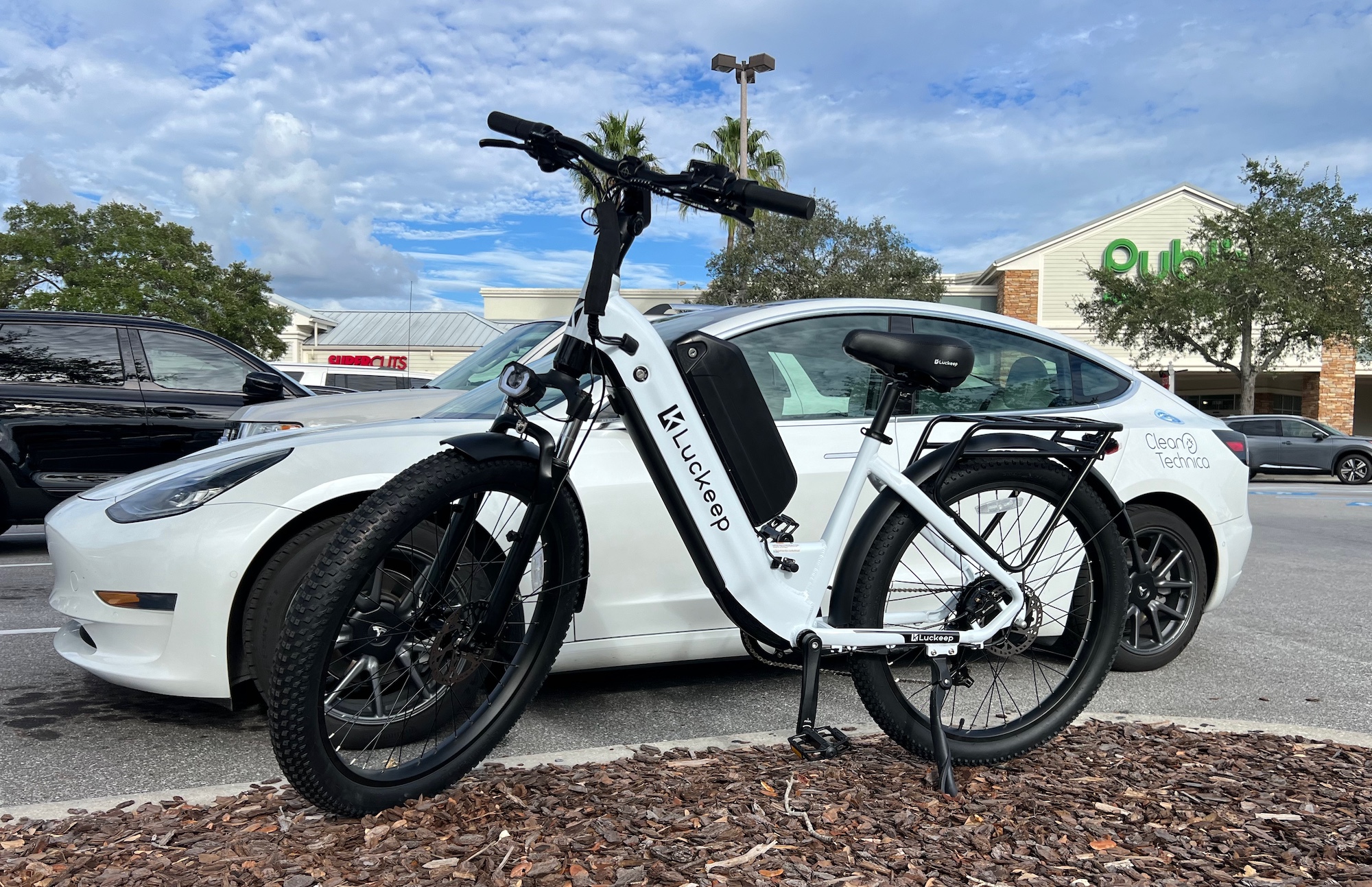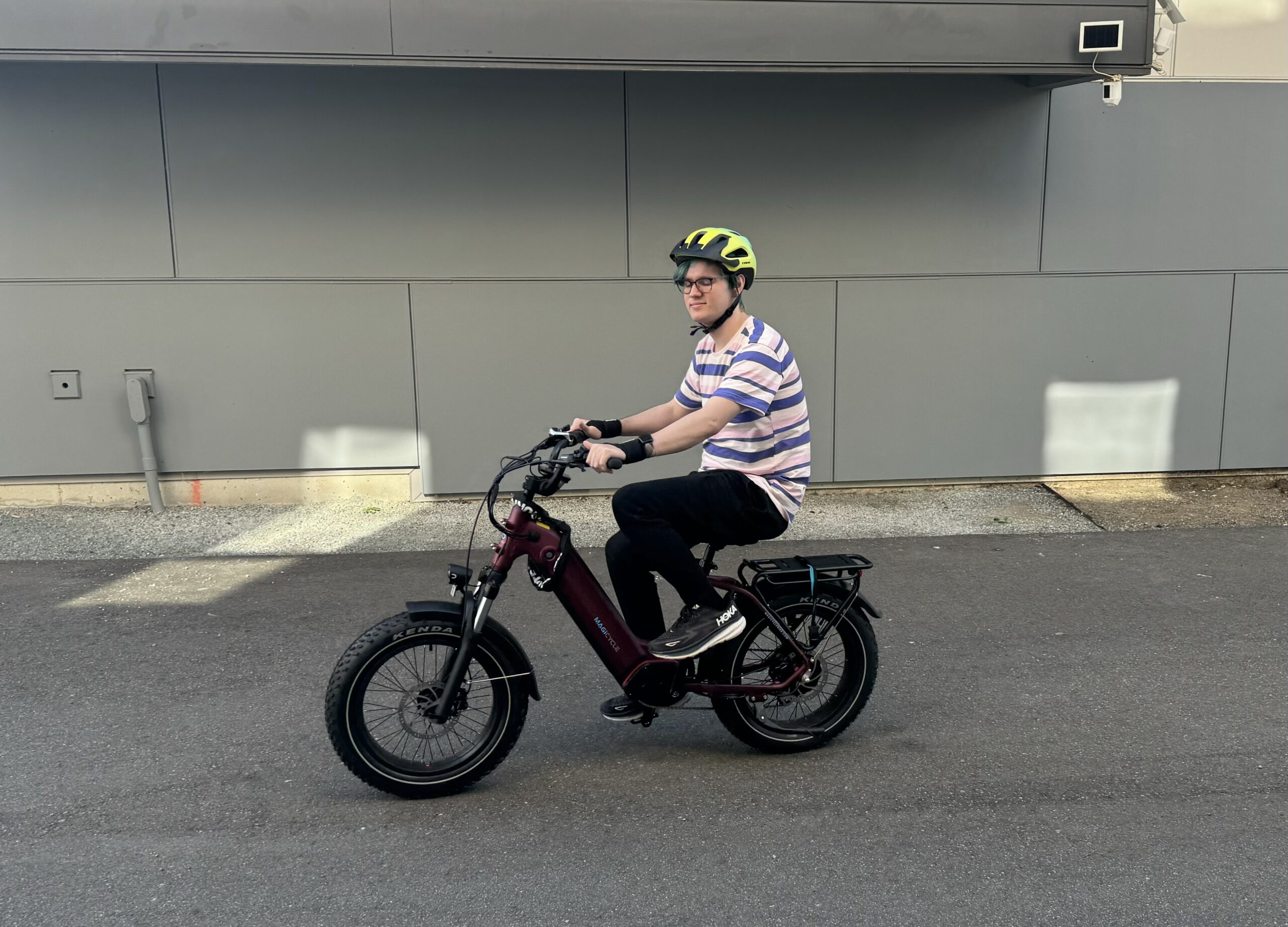The sustainability revolution driving the race to reach net-zero in 2050 relies deeply on mined resources.
For example, the amount of copper estimated to be needed for green infrastructure by 2040 is almost double the current demand.
In a practical sense, more copper must be removed from the ground before 2050 than has been mined in all of history. It’s easy to be blinded by the immensity of the task.
At the same time, this is an enormous opportunity for miners. Reaching climate goals means mining enormous amounts of resources – the more sustainably they can be mined, the more global good the sector can do.
Australian miners, long considered technological innovators, are leading the global charge.
The Clean Energy Finance Corporation’s Mining in a Low-Emission Economy report says mining represented 6.2 per cent of Australia’s energy demand in 2019. It was also responsible for 9.5 per cent of the nation’s greenhouse gas emissions. There is a significant opportunity for emissions abatement in the sector.
At the same time, pressures are mounting from around and outside the sector for better performance.
There is also the fact that an environmental, social and governance (ESG) focus is now considered a minimum operating standard by stakeholders, including investors, with reporting of Scope 3 emissions to soon become mandatory for many big businesses.
Internationally, Australian miners will likely also discover new challenges in the form of carbon border taxes, in territories with more advanced carbon trading markets.
Australia’s top miners have all pledged to net-zero operational emissions targets by 2050.
But some are aiming higher.
Follow the leaders
Fortescue’s views on renewable energy outgrowing its own iron ore business are well reported. The organisation’s decarbonisation plans for scope one and two emissions are bold, with the intention to reach real-zero by 2030.
Similarly, Bellevue Gold is making no secret of its plans to become the nation’s first green gold producer by 2026, via a facility powered by wind, solar and thermal and firmed up by battery storage.
BlueScope, Rio Tinto and BHP recently announced a collaboration aiming at the decarbonisation of steel production. ABB’s white paper ‘The road to decarbonisation in Australian mining’ highlights that around 40 per cent of Australian miners have already invested in renewables.
So, what will be required for these and other miners to reach net-zero?
The mining paradox: Dig our way to sustainability
Mines must operate in new ways to feed future sustainability success, reducing their own emissions profiles to zero along the way.
The study by the Clean Energy Finance Corporation modelled four pathways, including numerous technology operations, for decarbonisation of a brownfield copper mine by 2050.
All demonstrated that net-zero emissions could be achieved by 2040, according to a report from Engineers Australia. Three reached cost parity with business-as-usual by 2040.
A key challenge, of course, is cost. Fortescue’s 2030 net-zero target requires investment of more than $9.6 billion to switch to renewables, but it expects to save $4.7 billion annually once the business’s mines are weaned off gas and diesel, from 2030 onwards.
Another issue, as identified in the Clean Energy Finance Corporation’s ‘The compelling case for decarbonisation’ report, is lead time. Preparation needs to begin right now, the report says, if new ways of working with various technologies are to be adopted.
Given the large number of mines already in operation – and how long it can take to get a new mine up and operational – it means retrofitting existing mines is essential.
What’s the pathway to success?
Mining engineer and strategist Clare Larkin-Sykes, managing director of Forelight Advisory, has developed a broad portfolio of decarbonisation roadmaps and innovation programs in the resources space.
“It is possible, but it is ambitious,” she said. “The process of discovering, extracting and breaking rocks will need to significantly change, but there is currently much activity underway to change those processes.”
Where does this ambitious goal lead us?
It’s toward new ways of discovering and extracting resources, Larkin-Sykes said, and the mitigation of the use of diesel through a shift to electrification and automation. It’s about optimisation across the entire mining value chain through interoperability between various processes.
“It’s about how we power our operations,” she said. “That starts with the adoption of renewable energy systems into our operations, whether they’re standalone or grid-connected.”
Most exciting, Larkin-Sykes said, are the opportunities and benefits – environmental, human, financial and commercial – that begin to reveal themselves once a facility adopts new energy strategies and utilises automation technology.
“Automation will occur across the whole of the mining system, from individual pieces of equipment to the management of entire facilities,” Larkin-Sykes said. “That will create dual benefits of more efficient systems and processes, as well as the removal of many risks. It also introduces the opportunity for digital twins, machine learning and AI.”
Technology and automation can dramatically reduce energy requirements.
“The mechanical process of ventilating a mine, for example, may account for 20 to 25 per cent of energy consumption, just to get the required air at the right ambient temperature and dilute toxic gases at the working face,” Larkin-Sykes said.
“But when automation is driving those extraction processes, including machines that don’t need ventilation at the working face, you immediately create a step-change in your energy requirements.”
We are already seeing breakthrough automated technology revealing itself in Australian mining, including:
- digital operations and fleet management systems delivering unparalleled scheduling efficiency, such as at Gold Fields’ Granny Smith mine
- one of the world’s largest fleets of autonomous mining trucks in Roy Hill
- autonomous long-distance, heavy-haul trains
- autonomous drills and water carts robotic ore sampling.
Green mining is not science fiction
When viewed as a whole, the process of transforming an existing mine’s processes to achieve net-zero, or real-zero, can seem overwhelming.
But when broken down into parts, the parts that ABB understands and works with every day, it appears achievable and also increasingly relevant.
The case study discussed in ABB’s white paper – A zero-emissions, sustainable mining solution – focusing on a hoist – a piece of mining technology ABB has worked with for over 130 years.
It is not new and nor is it disruptive, but it is powered by electricity and can run autonomously off renewable energy sources with high efficiency. It’s a simple solution to one of a mining operation’s most energy intensive processes, ore haulage.
“Depending on the electricity mix, it is possible to save up to 266 kilotons of CO2e,” the paper reported. “If we divide that number of 266 kilotons of CO2 saved over 25 years, it equals the yearly emissions of almost 2,500 gasoline-powered passenger vehicles, or the yearly energy usage of about 1,300 homes.”
There are plenty more savings to be made in mining via automation. Rio Tinto’s heavily autonomous Gudai-Darri mine in Western Australia has reported significant improvements in safety, productivity, efficiency and cost across the board.
“Gudai-Darri represents a step-change in the deployment of automation and technology within our iron ore business and a fantastic demonstration of the talent, ingenuity and capability that exists in Western Australia,” Rio Tinto Iron Ore chief executive Simon Trott said.
“Gudai-Darri’s combination of data and analytics, machine learning and automation will make this mine safer and more productive.”
The sooner a mining operation begins its journey to net-zero, the sooner it will realise the numerous advantages and opportunities, including safety, efficiency, sustainability, reputation, workforce and community engagement and real, bottom-line benefits.




